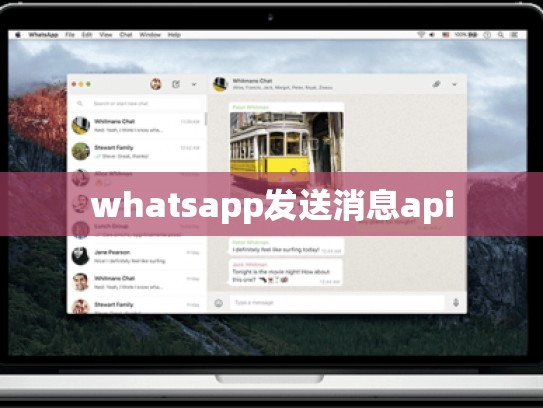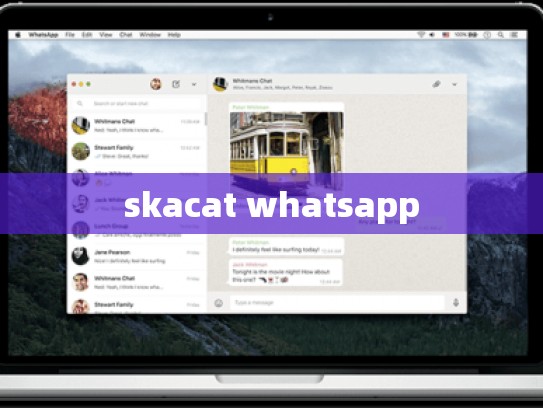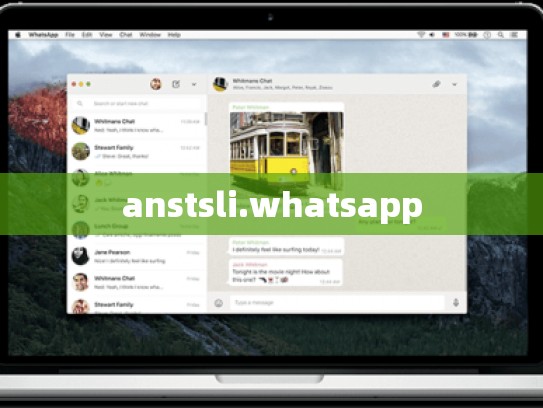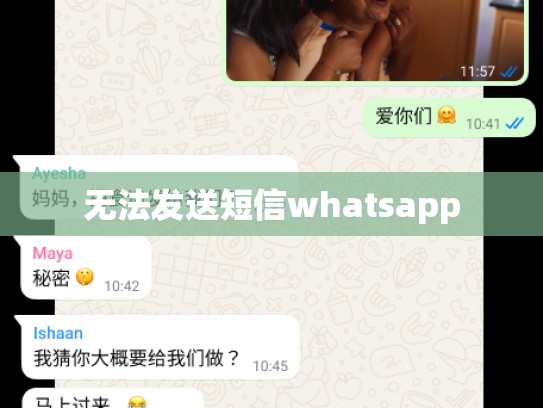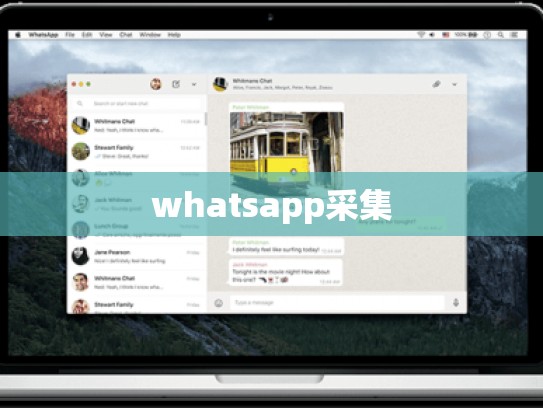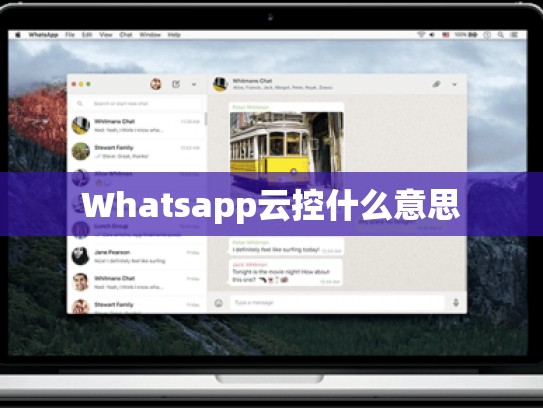WhatsApp Send Message API Explained: A Comprehensive Guide
WhatsApp has become an indispensable tool for communication among friends and family worldwide. However, its widespread use raises questions about security and privacy concerns. Fortunately, the platform offers various APIs to enhance user experience and manage messaging more effectively.
In this article, we will delve into the world of WhatsApp's send message API, exploring how developers can leverage these tools to build robust applications that interact with WhatsApp directly. We'll cover key features, usage scenarios, and best practices along the way.
What is WhatsApp's Send Message API?
The WhatsApp Send Message API allows third-party developers to create custom messaging solutions using WhatsApp's infrastructure. This API enables users to send messages through their own apps without having to log in to WhatsApp itself. Developers must adhere to specific guidelines set by WhatsApp to ensure compliance with its terms of service.
Key Features of WhatsApp's Send Message API
-
Message Sending: The primary function of the API is straightforward – it enables sending messages between two or more recipients. These messages can be text-based or multimedia-rich (e.g., images, videos, stickers).
-
User Authentication: To facilitate secure communications, the API requires authentication mechanisms. Users must authenticate themselves before sending any messages, ensuring that only authorized individuals can communicate via your app.
-
Message Delivery Status Tracking: With the help of this feature, developers can track the status of sent messages, including whether they have been delivered successfully, read by the recipient, or marked as spam.
-
Message Management: Beyond basic sending capabilities, the API provides additional functionalities such as filtering, categorization, and bulk messaging. Developers can also customize message templates to cater to specific needs or preferences.
-
API Usage Guidelines: Developers should carefully follow the provided guidelines to avoid violating WhatsApp’s policies and to maintain a positive relationship with the platform.
How to Use WhatsApp's Send Message API
To get started with the WhatsApp Send Message API, you'll need to register on the official WhatsApp Developer Dashboard. Once registered, you’ll receive developer keys that allow access to the API endpoints.
Here’s a step-by-step guide to integrating the API:
-
Register Your Application:
- Navigate to the WhatsApp Developer Dashboard.
- Click on "Create App" and provide necessary details like name, description, and contact information.
- After submission, obtain your API keys from the dashboard.
-
Configure Permissions:
- In the dashboard, configure permissions based on the level of functionality required.
- Choose appropriate permissions related to message delivery, data collection, etc.
-
Implementing the API Endpoint:
- Utilize the API endpoint provided by WhatsApp to send messages.
- Include relevant headers, such as
AuthorizationandContent-Type, according to the documentation.
-
Handling Responses:
- Upon successful message sending, the response includes metadata such as the recipient’s phone number, timestamp, and other relevant details.
- Ensure error handling is implemented to manage potential issues during message transmission.
-
Testing and Debugging:
- Thoroughly test your application across different devices and networks to ensure seamless integration.
- Address any bugs or errors promptly to maintain high-quality performance.
Best Practices When Using WhatsApp's Send Message API
-
Compliance and Security:
- Always comply with WhatsApp’s terms of service and respect user privacy.
- Implement strong encryption protocols to protect sensitive data during transmission.
-
Optimization for Performance:
- Consider optimizing your code to minimize latency and improve overall application speed.
- Test extensively under varying conditions to ensure reliability and stability.
-
User Experience Enhancement:
- Enhance user experience by providing intuitive interfaces and clear instructions within your app.
- Offer customization options for message formats and content types to cater to diverse user needs.
-
Continuous Monitoring and Updates:
- Regularly monitor the performance of your application and address any issues promptly.
- Keep up-to-date with WhatsApp’s API changes and enhancements to stay compliant and competitive.
Conclusion
Integrating WhatsApp's Send Message API opens up numerous opportunities for developers looking to offer innovative messaging services. By understanding the API’s features, adhering to guidelines, and implementing best practices, developers can create reliable, secure, and engaging messaging experiences for their users.
Whether you’re developing a personal chatbot, a social networking platform, or even a collaboration tool, the WhatsApp Send Message API provides a robust foundation for building impactful applications. Let us know if you have any further questions or would like to explore more advanced features!


